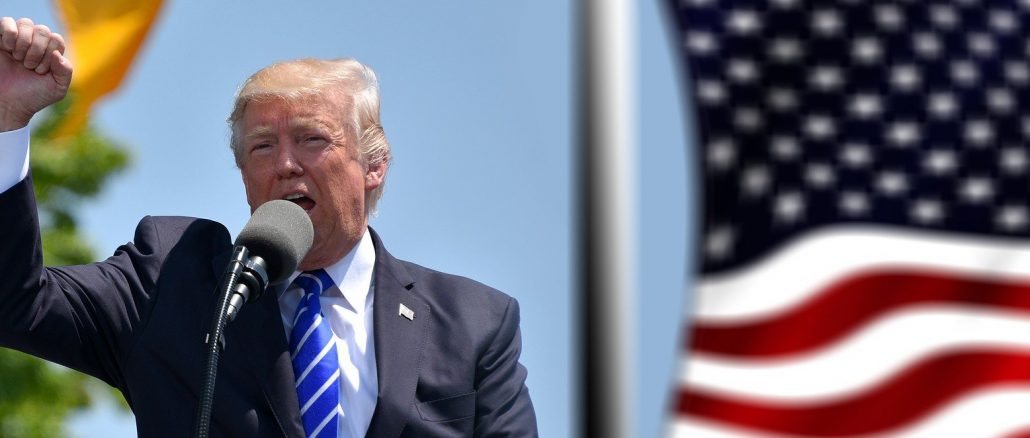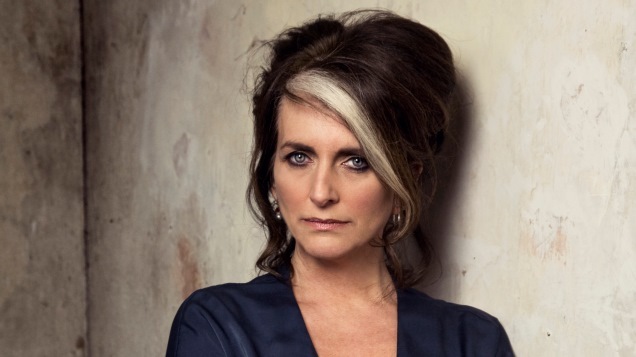
[dropcap]W[/dropcap]ith former US president Donald Trump announcing his involvement in the development of a new social media titled TRUTH Social, the rampant concern of misinformation creating divides in society will be as prominent as ever.
Set for launch in early 2022, TRUTH Social (Truth) comes following Trump’s removal from large social media platforms last January, in which he was condemned for inciting violence. The ban was criticized by Trump and many in his base, who perceived it as an act of political censorship.
Truth is being presented by its developers, the Trump Media and Technology Group (TMTG) as a retaliation against “big-tech”, in service of facilitating conservative thought, due to their belief that the existing social media platforms favour liberal-leaning expression.
“[Our] mission is to create a rival to the liberal media consortium and fight back against the “Big Tech” companies of Silicon Valley,” read the press release from TMTG following the announcement of Truth.
“TMTG was founded with a mission to give a voice to all.”
With Truth being built on principles rooted in the political sphere, and with Trump as its chairperson, its unique standing as a social media will be analysed by political and communications experts as it grows and evolves.
One distinct caveat brought on by social media is its allowance for echo chambers, which is when one is surrounded solely by information that tends to favour a single viewpoint. This is in part due to a confirmation bias, as people like to hear that which aligns with their own beliefs.
The danger comes when considering its potential to misinform, as often do these echo chambers omit information which may reflect a desired viewpoint negatively; or opposing viewpoints positively.
With fifty-three percent of Americans saying that they read news from their social media timelines (Pew Research Centre), the role echo chambers play in the dissemination of this news must be considered. A user may only receive their news passively, through articles their friends or family share.
This is added to by a post’s comment section, as users are subjected to other users’ thoughts on a particular story, often affirming the content of the article in question.
Echo chambers have existed before social media but have only become a prominent concern since its rise, due to the sheer variety and quantity of information now available.
With Truth having yet to be launched to the general public, it is hard to determine how echo chambers will form there, and to what extent their role will be in shaping a political narrative; but preceding social medias with similar principles to Truth can be observed to get an idea of the issue.
Echoing Trump’s emphasis on total free speech, social media site Parler launched in 2018, and quickly became popular amongst members of the conservative base who grew frustrated with what they perceived as an ‘anti-conservative’ bias on Twitter.
Prominent conservative figures such as Ted Cruz, Rudy Giuliani and Candace Owens had joined the site and encouraged their followers to do the same. Parler continued to gain traction throughout 2020 as Twitter and Facebook increased their efforts to tackle misinformation by fact-checking posts and banning accounts deemed deceitful and harmful.
In relation to preventing the spread of misinformation, Parler’s guidelines discourage users to “not purposefully share rumours about other users/people [they] know are false,” but they do not fact-check any post, citing the pre-eminence of free speech.
“If you can say it on the street of New York, you can say it on Parler,” said founder John Matze.
The #StopTheSteal campaign was prominent on Parler as users believed the claims of Trump and other conservative figures that the election was stolen from him, despite any proof of this being true.
Without moderation from Parler addressing these baseless claims, this misinformation spread amongst users, leading many to believe that the integrity of the United State’s democracy was at risk.
Ultimately, this resulted in the tragic siege against the US Capitol committed by the most extreme members of Trump’s base, which claimed the lives of five people.
Parler was taken off the app-store for facilitating violence and Amazon, its web-provider cut its servers. It relaunched months later but only to a fraction of its original base.
However, to say that Truth will play out exactly like Parler would be inaccurate, as there are differences between the two.
For example, Truth has a trending page while Parler does not. Any content you’d wish to view on Parler, such as profiles and hashtags, would have to specifically be searched for and followed before it appears on your timeline; but with Truth’s trending page, the user can be more exposed to content at least somewhat outside of their filter-bubble.
However, their foundations are still similar. Both are presented as an alternative to pre-existing social medias, and both are being favoured by conservatives who are unhappy with Facebook and Twitter’s moderation practises,
With Trump at the helm of TRUTH, it can’t be predicted what will come as running an entire social media can completely recontextualize how he reaches his base. Will he use his experience from Twitter to more appropriately handle the spread of misinformation? or will we see another event like the insurrection of January 6th?
Author’s name: Daniel Durand
Image credit: Pixabay



